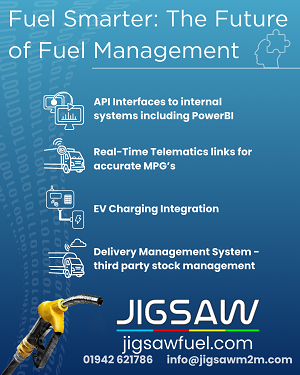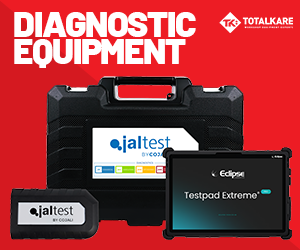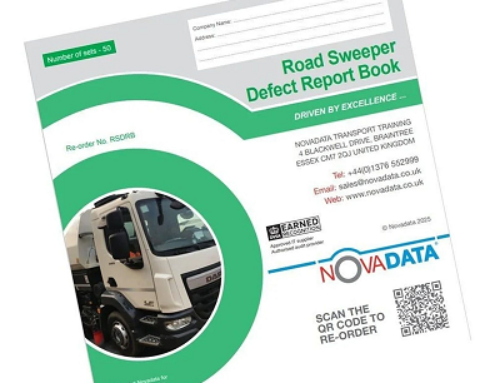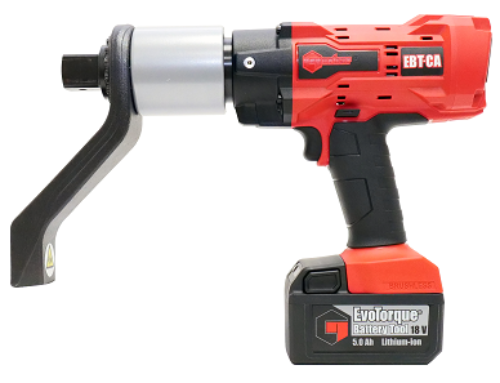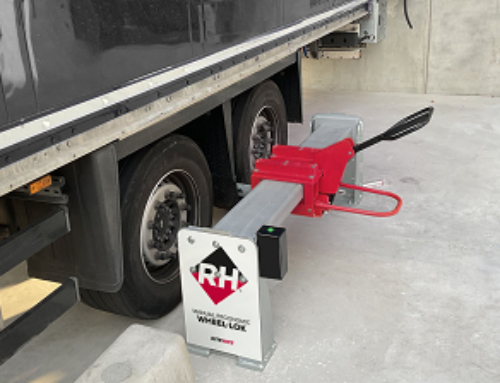Keeping tabs on tyre pressure with Haldex
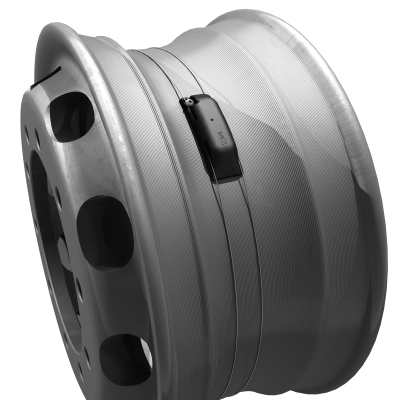 The Haldex TPMS 2.0 system is the company’s latest tyre pressure monitoring solution, which is compliant with the R141 European regulations recently introduced for trailers.
The Haldex TPMS 2.0 system is the company’s latest tyre pressure monitoring solution, which is compliant with the R141 European regulations recently introduced for trailers.
It consists of rim-mounted wheel sensors, wireless receiver and control unit, optional handheld digital tool, plus smartphone app.
“It is designed to continuously monitor tyre pressures and temperatures and alert operators of problems with low tyre pressures, in a simple and easy-to-use interface,” said Haldex.
“It is compatible with the Haldex EB+ 4.0 EBS electronic braking system.
“Tyres running at low pressure require more fuel to move, and also heat up because of internal friction; such conditions could, in an extreme case, lead to a blow-out.
“Since tyre pressures decrease in proportion with falling temperatures, an unsophisticated TPMS system could flag a false positive tyre pressure alert on very cold days. That is the reason why EU legislation, which came into force for new types of trucks and trailers in July 2022, requires that TPMS pressure readings are temperature-compensated.”
There are other technical requirements in terms of data communication, the company explains: a new standardised data transmission format between a TPMS receiver unit and the trailer EBS system (which is via a wired CAN-Bus sensor).
“For that same reason, the Haldex TPMS 2.0 features a data gateway that will read signals from other brands of TPMS receivers. Between the RCU and the wheels, individual wheel sensors send data over a wireless radio spectrum signal using a proprietary protocol. The RCU determines system status and receives the analogue signals, digitises them, and forwards them on.
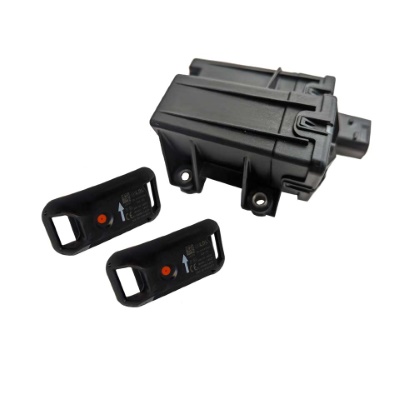 “As a minimum, the system has to submit a warning if a tyre pressure drops below a certain threshold – by default 20 per cent although it could be set at a lower fraction. If the truck is equipped accordingly, tyre pressures, warnings, alerts and system status can be displayed in the cab. Pressures measured are up to 10 bar.”
“As a minimum, the system has to submit a warning if a tyre pressure drops below a certain threshold – by default 20 per cent although it could be set at a lower fraction. If the truck is equipped accordingly, tyre pressures, warnings, alerts and system status can be displayed in the cab. Pressures measured are up to 10 bar.”
TPMS 2.0 exceeds regulatory requirements by assigning each wheel a unique identifier, says Haldex.
“This nice-to-have feature helps make it easier to identify the problem tyre: not such an easy task in case of a single slow puncture on an eight-axle, twin-wheel low-loader, for example.”
To support the TPMS 2.0 functionality, Haldex provides three supplemental devices. First is a new handheld TPMS trigger tool, which wirelessly connects to wheel sensors to read tyre pressure, temperature, ID and battery status.
Second, a small diagnostic box works with Haldex’s own smartphone app to configure the system.
Third, Haldex’s permanent, trailer-mounted display, EB+ Info Centre, which presents axle, suspension and brake diagnostic data, can display tyre information including pinpointing problems (which axle, which side).
“The Haldex TPMS 2.0 system works for up to five axles, 20 tyres and up to four spares. Although the regulation only requires wheels touching the ground to be measured, Haldex is going the extra mile to allow a spare tyre to be ready and waiting pre-configured, so that a service technician need not demount the tyre to fit the sensor.
“Wheel sensors are powered by a non-replaceable battery rated for seven years’ operation. To conserve power, sensors transmit less frequently when the vehicle is stationary, only waking at wheel speeds in excess of 20kph.
“On twin wheels, the 143g sensors should be mounted 180deg apart. RCUs should be no more than 3m from wheel sensors, which means that on full trailers, two RCUs might be required. The system is set up and diagnosed using Haldex’s Diag++ maintenance software.”





